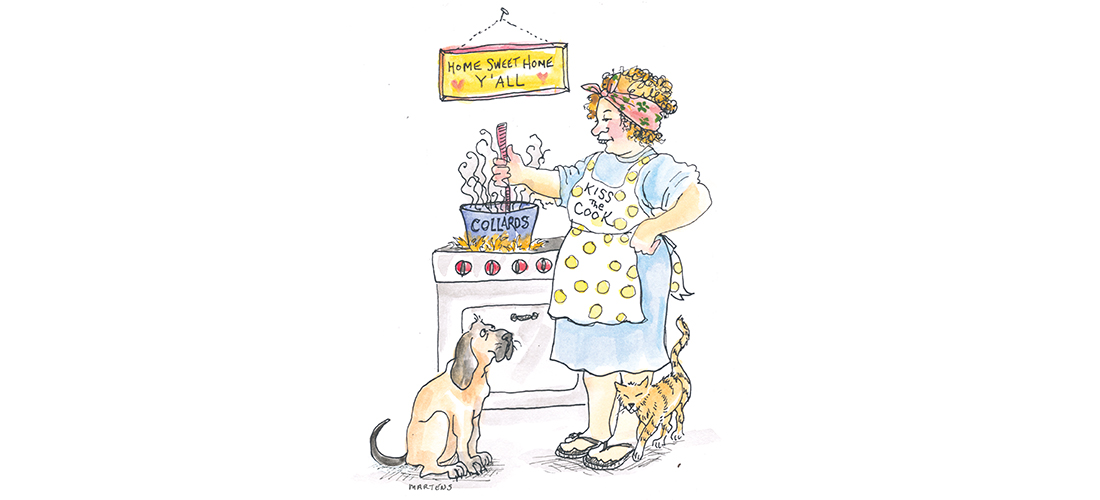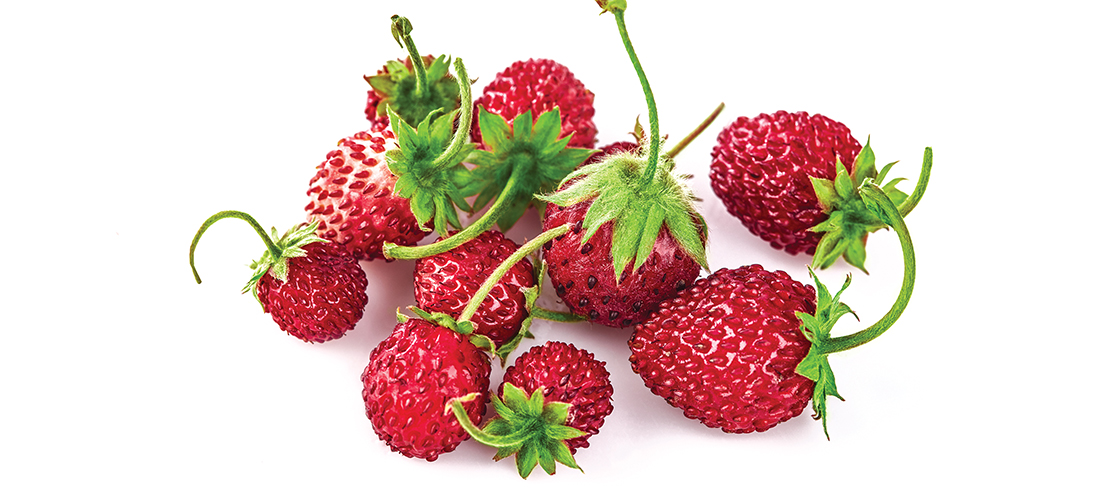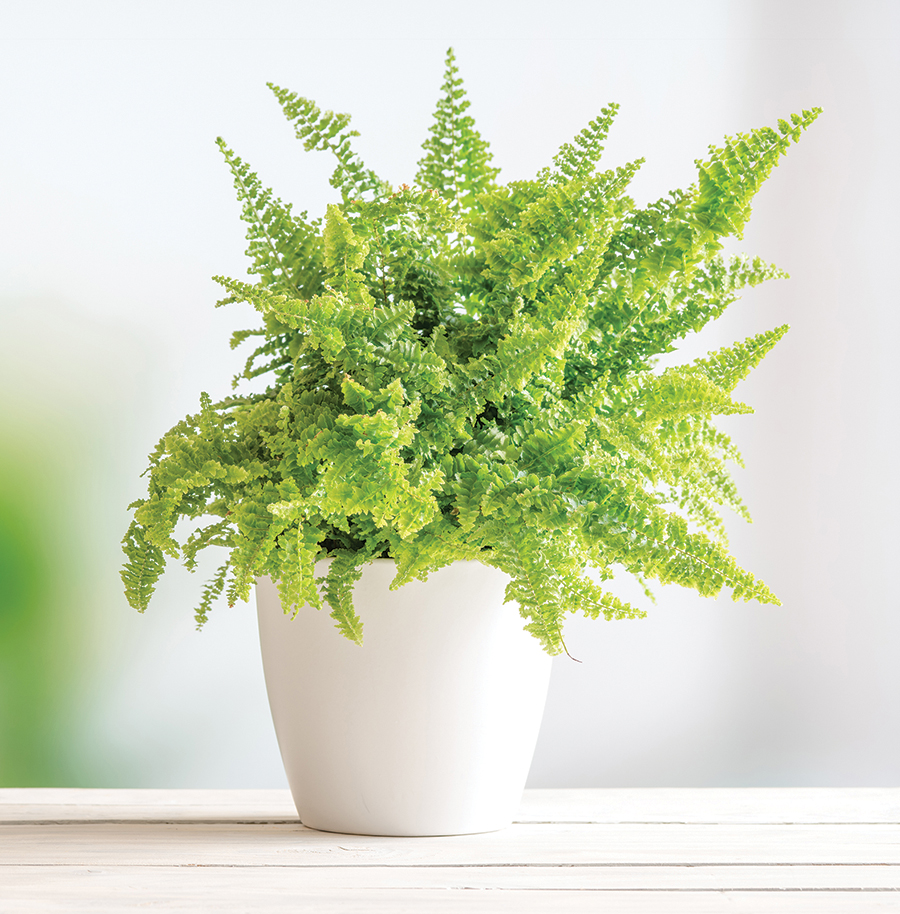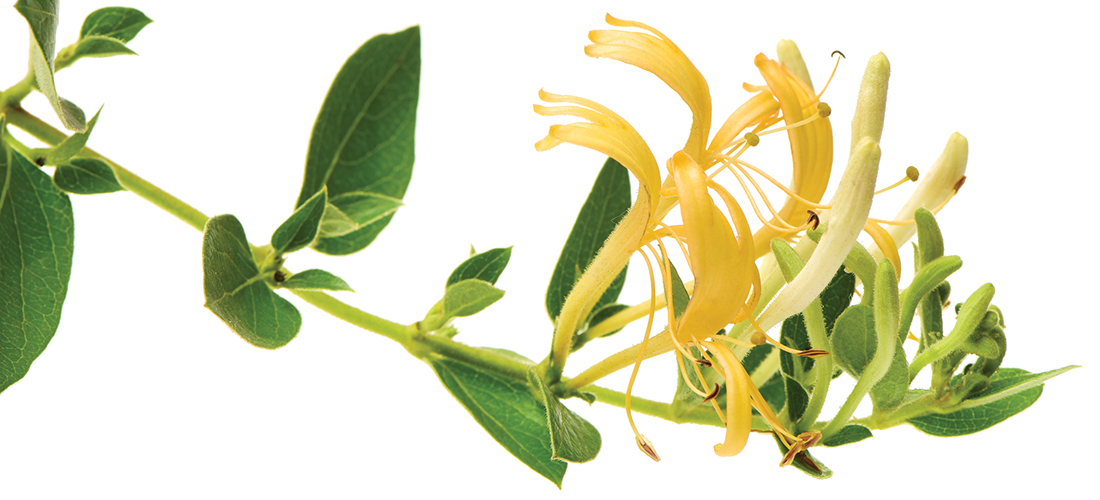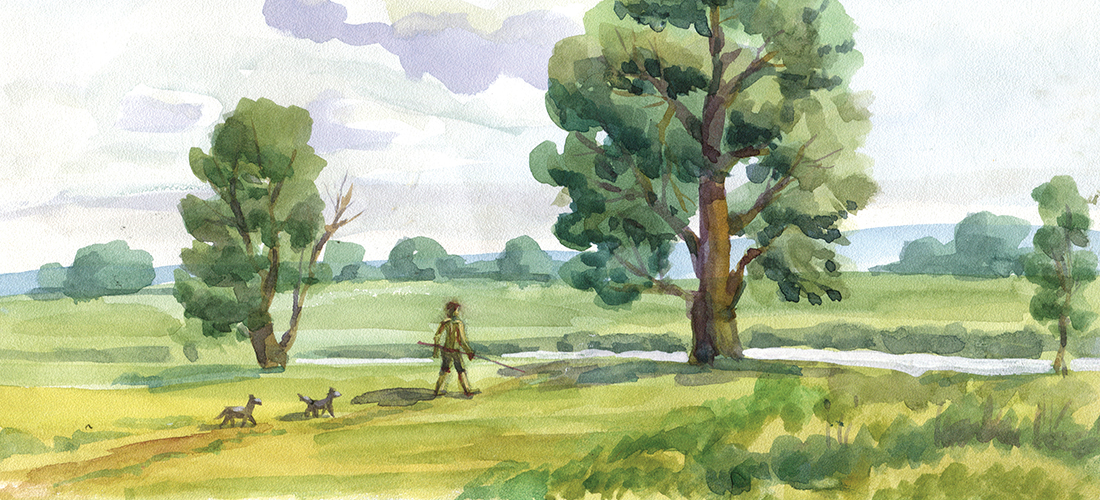Savoring time between the beginning and the inevitable
By Jim Dodson
At the beginning of Episode Two of my favorite British TV program of the moment, a charming series called Delicious, the central character, a roguish head chef, speaking from his grave in a Cornwall churchyard, recalls a famous poet’s observation about the symbolism of markings in stone.
“On a gravestone you see two dates — a beginning and an end, with a tiny dash in between. That dash represents everything you’ve ever done. Everywhere you’ve ever been. Every breath kiss or meal. It all boils down to just one little dash. . .”
As a chronic wanderer of old burying grounds and admirer of witty epitaphs, I learned years ago that burying stones “speak,” telling tales and offering nuggets of wisdom to those willing to listen.
Most of us, however, are living in a time when daily life seems like a frantic dash from one place to the next. With work ruled by the tyranny of deadlines and calendar books, and private time invaded by social media and the clamors of an info-addicted world, it is often not until one reaches a certain age or experiences some kind of unexpected drama that the need to pause and reflect upon one’s own mortality — the meaning of the dash — becomes clear.
One year ago this month, I had my dodgy gall bladder removed. Frankly, I wasn’t sorry to see it go. The blessed little thing had been bugging me for years. At the same time, I owe that mysterious little organ a genuine debt of gratitude because in the course of a common preparatory scan, a small growth near my lower intestines was detected. It was nipped out by artful surgical procedure, revealing itself upon analysis to be a slow-growing tumor. Fortunately, the prognosis is excellent. There is only a four-percent probability of recurrence, which means no follow-up therapy is required for the time being.
Life is full of verdicts, large and small. Needless to say, I was relieved by this one and, to be blunt, awakened by it. But for a chance discovery, things could easily have gone a very different direction, as I’d enjoyed the kind of good health one might easily take for granted. In short, I was lucky to have had that aching gall bladder.
But mortality is full of wake-up calls and epiphanies. Wise souls take notice of the changing landscape around them, and sometimes within.
On one hand, I was powerfully reminded of the brevity of my time on this Earth, and on the other, comforted by the fact that I had excellent role models for aging smartly and — begging to differ with poet Dylan Thomas — going gently into that good night. Both my parents had their own run-ins with the dreaded C-word at about my age but never complained and went on to live astonishingly full and happy lives for the next two decades.
Their dashes, in other words, were both robust and well-lived till the end, full of gardens and grandkids, travel and exploration, making new memories and doing good work, making friends and keeping faith in the sustaining power of human and divine love. My old man worked until he was 80 and moderated the men’s Sunday School class at our church for almost a quarter of a century. My Southern mama cooked every week for the church feeding program and worked with homeless families. During the last two decades of their lives, they went to movies and took walks like old lovers, and snuck off to the hills for private weekends away. I took to kidding them that they were behaving like irresponsible teenagers.
More important, when their “Time” finally arrived, their “dash” expired its length — I was fortunate to sit with both at their bedsides as they slipped the bonds of this Earth. Nothing was left unspoken, and they displayed no fear whatsoever about the end of their days or the adventure that lay ahead. Sages of every faith tradition hold that human beings tend to pass away as they have lived their lives.
My father’s final words on a sleety March evening were, “Don’t worry. It will be fine in the morning. Go kiss your babies.” Sure enough, the sun came out at dawn, birthing a beautiful spring day. And I did as instructed.
On a summer afternoon four years later, while sharing a glass of wine on the terrace of her favorite seaside restaurant in Maine, I remarked to my mom that she must really miss my father. She simply smiled. “Of course I do, Honey. But don’t worry. I’ll see him very soon.”
A week or so later, she suffered a stroke and was talking about her grandchildren as her nurse in the ICU changed her sheets moments after I left her. “Your mom’s heart monitor suddenly went flat and I looked over at her,” she told me later. “Her eyes were closed and she was smiling. I’ve never seen a more peaceful passing.”
Every now and then I stop by the simply dated gravestones of my folks in a beautiful cemetery not far from our house, just to say hello — and thanks for the guidance.
That said, a surprising number of friends my age — I recently turned 65, though I don’t feel anywhere close to that — confess amazement over how rapidly their lives are passing, how quickly their days seem to have vanished down the rabbit hole of time. Perhaps they hear the clock of the world in their inner ear. “Is it already Monday again?” quips our dear old pal Susan with a husky laugh. She walks with my wife and me every morning at five, as nature and the neighborhood are both just stirring.
Susan’s question is more of an amused observation about the speed of life than a complaint about its brevity. She teaches special-needs minority kids in one of the most disadvantaged neighborhoods of the city. And though she herself cracked 65 a few month ahead of me, her bounteous enthusiasm, creativity and passion for doing good work and making a difference in a small person’s life are flat-out palpable. She radiates joy and an infectious curiosity about what lies ahead — proof of Poor Richard’s admonition that a long life may not be good enough, but a good life is long enough.
As for my part, the older I get, the slower I plan to walk. Part of the reason is creaky knees. As the tortoise proved, slow and steady wins the race — if this life is a race at all.
The other reason for slowing down my dashing life is to see more of the passing landscape. Not long ago, my wife and I began “training” for a walk across Italy from Lucca to Rome this coming September with 50 or so other pilgrims from our church.
During the weekly “practice” hikes around the city at dusk, which are really just a lovely excuse to socialize and drink good wine afterwards, I am invariably somewhere at the rear of the pack, ambling along at my own pace, the aforementioned knees gently complaining with every step, but happy to follow where the others lead. This is a trick I learned early in life, for I’ve long been something of a solitary traveler, taking my own sweet time to get wherever I’m going.
As the second son of an itinerate newspaperman who hauled his family all over the deep South during some of the region’s most turbulent years, I experienced a decidedly solitary boyhood, exploring the woods and fields largely on my own or reading books on a rainy porch. Occasionally I’d check out historic graveyards, battlegrounds and Indian burial mounds with my older brother and father. Dick and I both became Eagle Scouts but were never too keen on the group dynamic. We preferred going our own ways at our own rhythm.
As we passed through one of the city’s older neighborhoods on our practice hike the other evening, my bride — chatting pleasantly with other pilgrims as she motored by her slow-footed husband — glanced around and remarked, “You know, I’ve never seen the city from this angle before. It’s quite beautiful, isn’t it?”
Indeed it was, and is.
As the sun set, her comment made me think about how slowly I plan
to walk across Tuscany this summer, taking in all I can before my “dash” runs out.
Emily Webb Gibb’s ’s haunting farewell speech from Thornton Wilder’s poignant play Our Town was also suddenly in my head.
Gibbs is the young heroine who passes away in childbirth and looks tearfully back on a wonderful life and family she fears she may have taken for granted, as the stage manager leads her to join the other spirits in the village cemetery.
“. . . They’re so young and beautiful. Why did they ever have to get old? . . . I love you all, everything. I can’t look at everything hard enough. It goes so fast. . . . We don’t have time to look at one another. I didn’t realize. All that was going on in life and we never noticed. Take me back — up the hill — to my grave. But first: Wait! One more look. Good-bye, Good-bye, world. . . Good-bye, Mama and Papa. Good-bye to clocks ticking and Mama’s sunflowers. And food and coffee. And new-ironed dresses and hot baths and sleeping and waking up. Oh, Earth, you’re too wonderful for anybody to realize you. Do any human beings ever realize life while they live it?”
May is a lovely time to wander a churchyard, I find. The Earth is in bloom and old stones speak of the need not to dash too quickly through the journey.
Contact Editor Jim Dodson at jim@thepilot.com.

